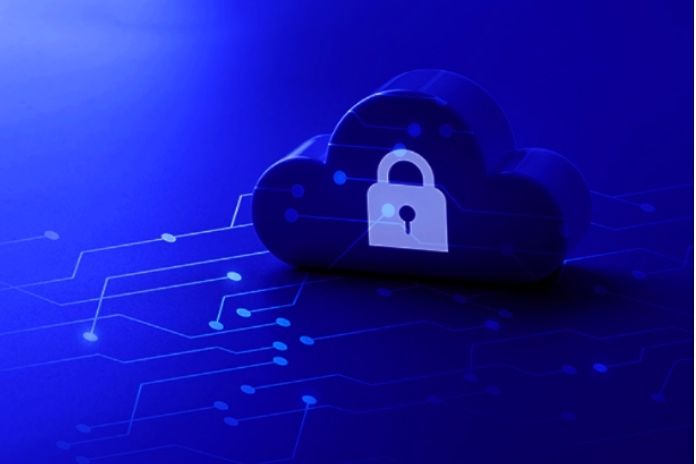The role of cloud and multi-cloud environments in companies is growing steadily, intensified by the corona pandemic and the associated effects on companies and corporate cultures. Many employers have already announced that, following the restrictions and protective measures against Covid-19, they are increasingly focusing on ‘work from anywhere and enabling their employees to work more from home.
To implement these plans, however, appropriate infrastructure and an optimized technological and procedural ecosystem are required. The degree of digitization, especially in small and medium-sized enterprises (SMEs), must be increased accordingly to remain competitive in the new world of work.
Cloud and multi-cloud solutions not only offer faster access to company data than many VPN solutions can, but the relocation of applications and services to cloud environments often makes the daily work of your employees much more accessible. In addition to these advantages, the migration to the cloud also harbours various stumbling blocks, especially in terms of security and data protection, which must be considered before the start of such projects and regularly checked after completion to prevent or reduce the occurrence of security gaps and data leaks. To respond to them as quickly as possible.
Identity Management And Zero Trust Ensure Security In The Home Office
In addition to possible misconfigurations, another attack vector remains a problem for the cloud: access data and identity management. Phishing continues to be one of the biggest cyber threats that directly affect corporate employees. The threat actors have also chosen the home office as a new target to trick their victims with false delivery reports or sophisticated social engineering attacks and obtain access data. The physical separation from the company network – and colleagues – increases the individual employee’s responsibility as part of a kind of human firewall to prevent threats enormously.
This requires a greater focus on security awareness, which the company must set and an adaptation of least privilege and zero trust approaches. For each user, it is initially and then regularly evaluated exactly which roles and rights he needs and whether these may no longer be needed at a later point in time. This restricts their freedom of movement within the system and ensures that even if a criminal breaks into the network, the resulting damage can be kept within limits.
Robust identity management for precise identification, if necessary with multi-factor authentication, also helps to prevent break-ins and data leaks. Even if login data and the associated passwords should be lost due to phishing, these additional security measures help to keep the criminals out.
Misconfiguration Is A Source Of Danger In The Cloud
Most of the security gaps in cloud solutions and the resulting damage can be traced back to initial misconfigurations during the migration. Companies, or their IT departments, still too often assume that the responsibility for the security of data and applications within the cloud lies solely with the provider of the IaaS solution (Infrastructure-as-a-Service). However, this primarily only guarantees the security of the cloud itself. So if companies move applications or services there, they are responsible for securing them themselves.
In the Covid-19 measures, many SMEs needed to act quickly to ensure business continuity. While IT security departments often lack the strength to deal with the problem of misconfigurations, cybercriminals have already reacted: More malware and ransomware are being infiltrated into companies via security gaps in the cloud. A current study by IDG Research shows: every third company has suffered economic damage in the past 12 months from attacks on the cloud services they use – again, a third of the companies affected even struggled with a complete standstill due to the attacks.
Norms Create Trust
One of the most reliable ways to use the cloud securely is to have the system checked by independent experts. These can help relieve the IT security departments and secure the data and applications within the cloud environment. Among other things, the ISO / IEC 27001 standards and their extension 27701 help them to do this. This is a list of rules, measures and programs that should be applied within a company.
More than just the technology used and the digital infrastructure of a company must be considered. An ISMS starts at the process level to achieve its goal of information security throughout the company. With this holistic approach, the standards help to make every aspect of working with cloud solutions more secure: from migration to data storage to user access to applications and information.
So if you ensure that your solutions are certified according to the relevant standards, you can speak of a secure cloud. Certification also helps in the event of damage or liability: the ISO / IEC 2700x series of measures offers companies a solid foundation for argumentation in a legal dispute.
Only A Secure Cloud Brings Advantages
According to a survey by Gartner, not only are more companies relying on cloud solutions to expand their existing technological ecosystems, but 75 percent of companies that already use them speculate that they will adopt a cloud-first approach in the future. Many of these companies recognize the importance of the security of data and information within the cloud – therefore, the desire to have this protection confirmed is increasing. Certification of the cloud solutions and services used by the ISO / IEC 27001 and 27701 standards helps create the corresponding trust and thus pave the way for a safe ‘work from anywhere as a principle and a safe, new world of work.
Also Read: 4 Best Practices For IP Protection & Know About Pirated Software

